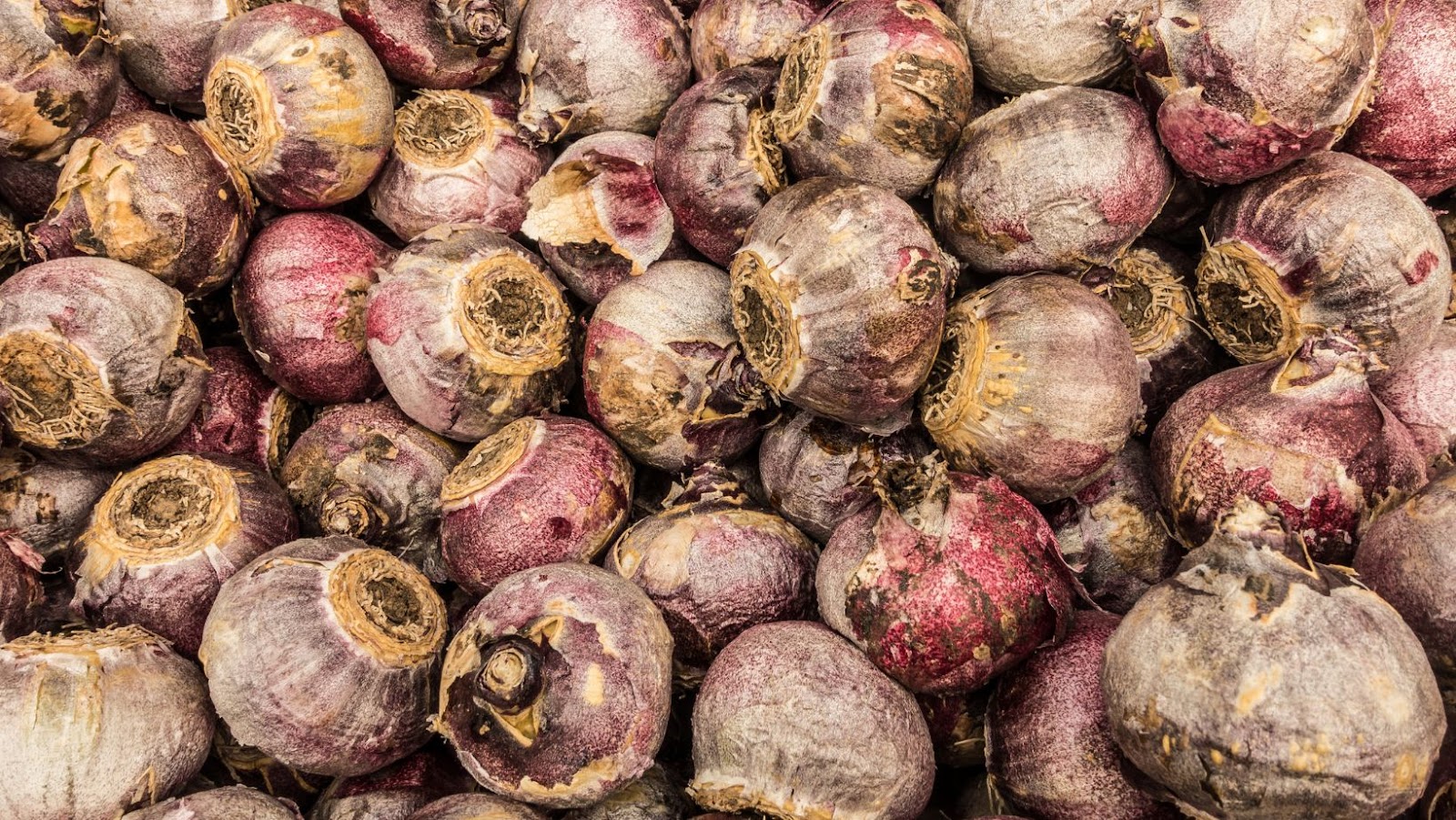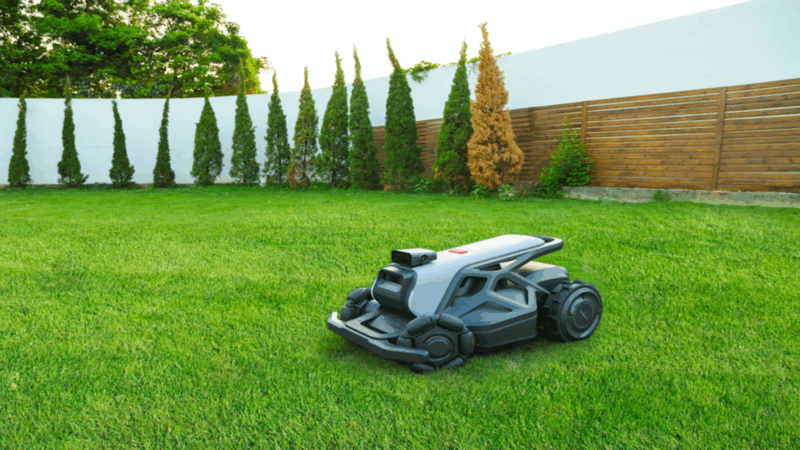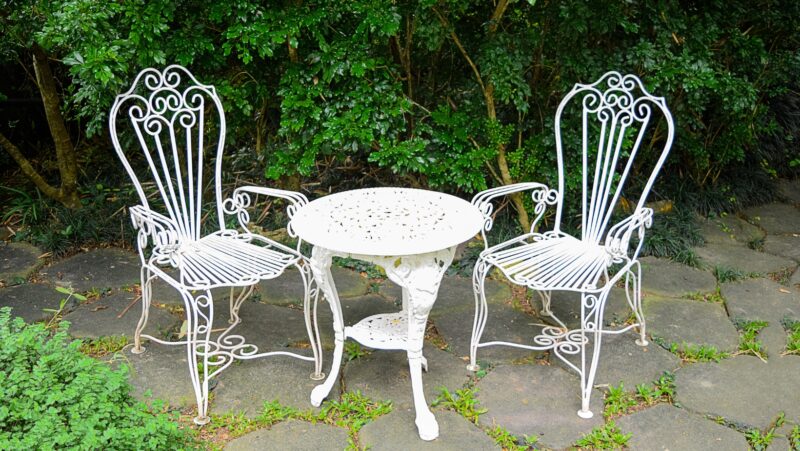
Assuming you would like to continue the same article: To ensure your bulbs flower next winter, they must be stored properly during the summer. Once lifted, clean off any mud and allow them to dry in a sheltered, airy place. Do not wash the bulbs as this could damage them.
Once dry, sort through your bulbs, discarding any that are soft or have started to sprout. Place your bulbs in a dry, well-ventilated box, and cover with a layer of dry peat, sand or vermiculite. Store in a cool, dark place until mid-October, when they can be replanted.
how to store bulbs over winter
If you want your bulbs to flower next winter, you’ll need to store them properly during the summer. Once you’ve lifted them, clean off any mud and allow them to dry in a sheltered, airy place. Don’t wash the bulbs, as this could damage them. Once they’re dry, sort through your bulbs, discarding any that are soft or have started to sprout. Place your bulbs in a dry, well-ventilated box, and cover with a layer of dry peat, sand or vermiculite. Store in a cool, dark place until mid-October, when you can replant them.
When to plant bulbs
The best time to plant bulbs is typically in the fall, before the ground freezes. This gives the bulbs a chance to establish roots before winter sets in. However, you can also plant bulbs in the spring, as long as you do it early enough so that the bulbs have a chance to sprout before the hot summer weather arrives.
What to do with bulbs in the spring
If you’ve planted your bulbs in the fall, they should start to sprout in the spring. Once they’ve sprouted, you can fertilize them and begin watering them regularly. You can also transplant them to a different location if you need to. Once the flowers start to bloom, you can deadhead them (remove the spent blossoms) to encourage new growth.
When to transplant bulbs
The best time to transplant bulbs is in the fall, before the ground freezes. However, you can also transplant them in the spring, as long as you do it early enough so that the bulbs have a chance to sprout before the hot summer weather arrives.
You can fertilize bulbs in the spring, after they’ve sprouted. Once the flowers start to bloom, you can also deadhead them (remove the spent blossoms) to encourage new growth.
How to water bulbs
You should water your bulbs regularly, especially during dry periods. However, be sure not to over-water them, as this can cause the bulbs to rot. When watering, aim for the base of the plant, rather than the leaves.
How to fertilize bulbs
You can fertilize your bulbs in the spring, after they’ve sprouted. The best type of fertilizer to use is a slow-release fertilizer, such as a granular fertilizer. Apply the fertilizer according to the package directions. Once the flowers start to bloom, you can also deadhead them (remove the spent blossoms) to encourage new growth.












